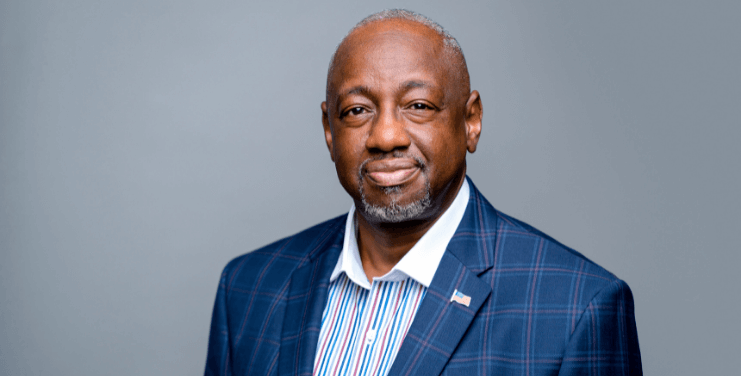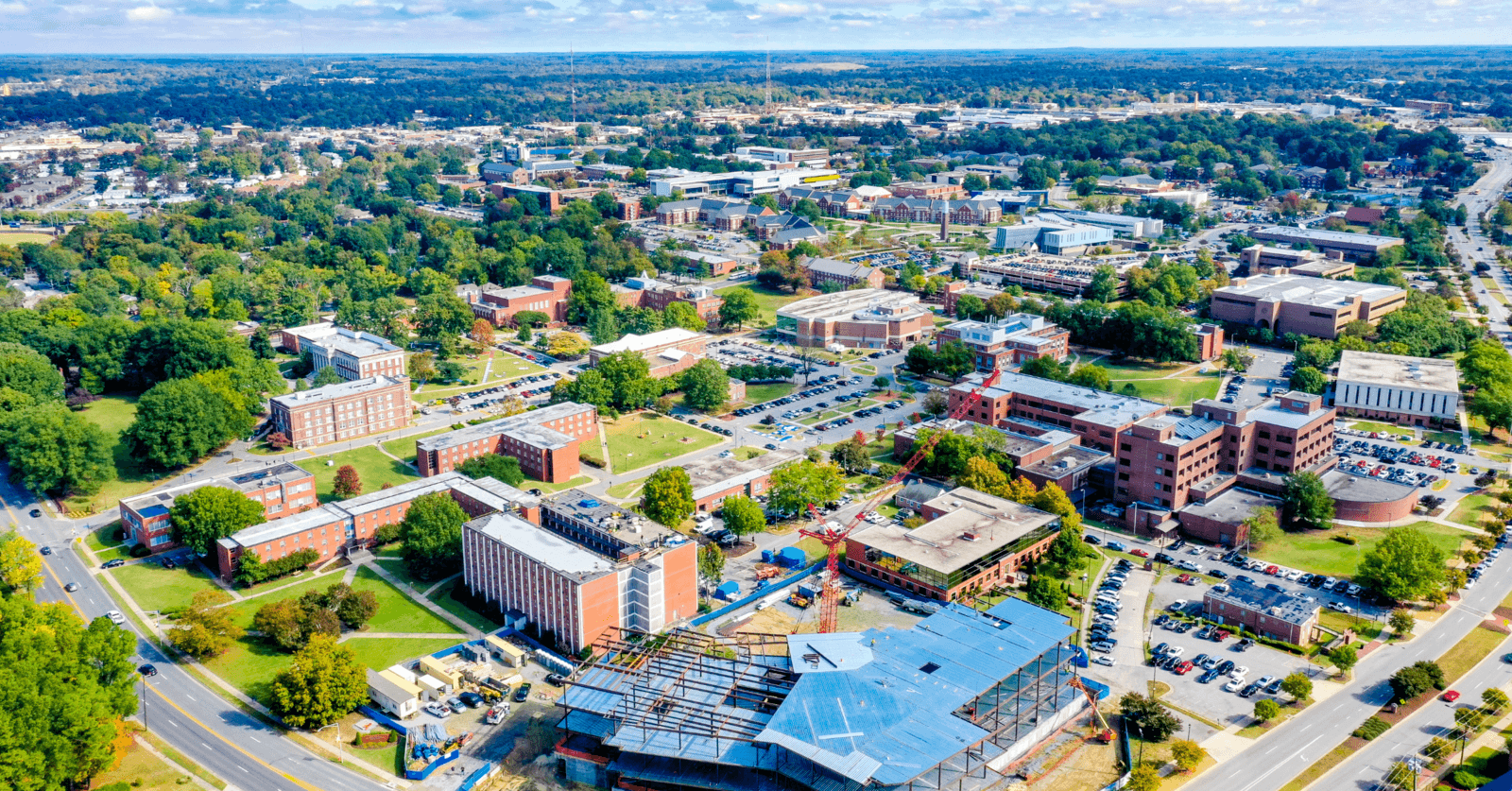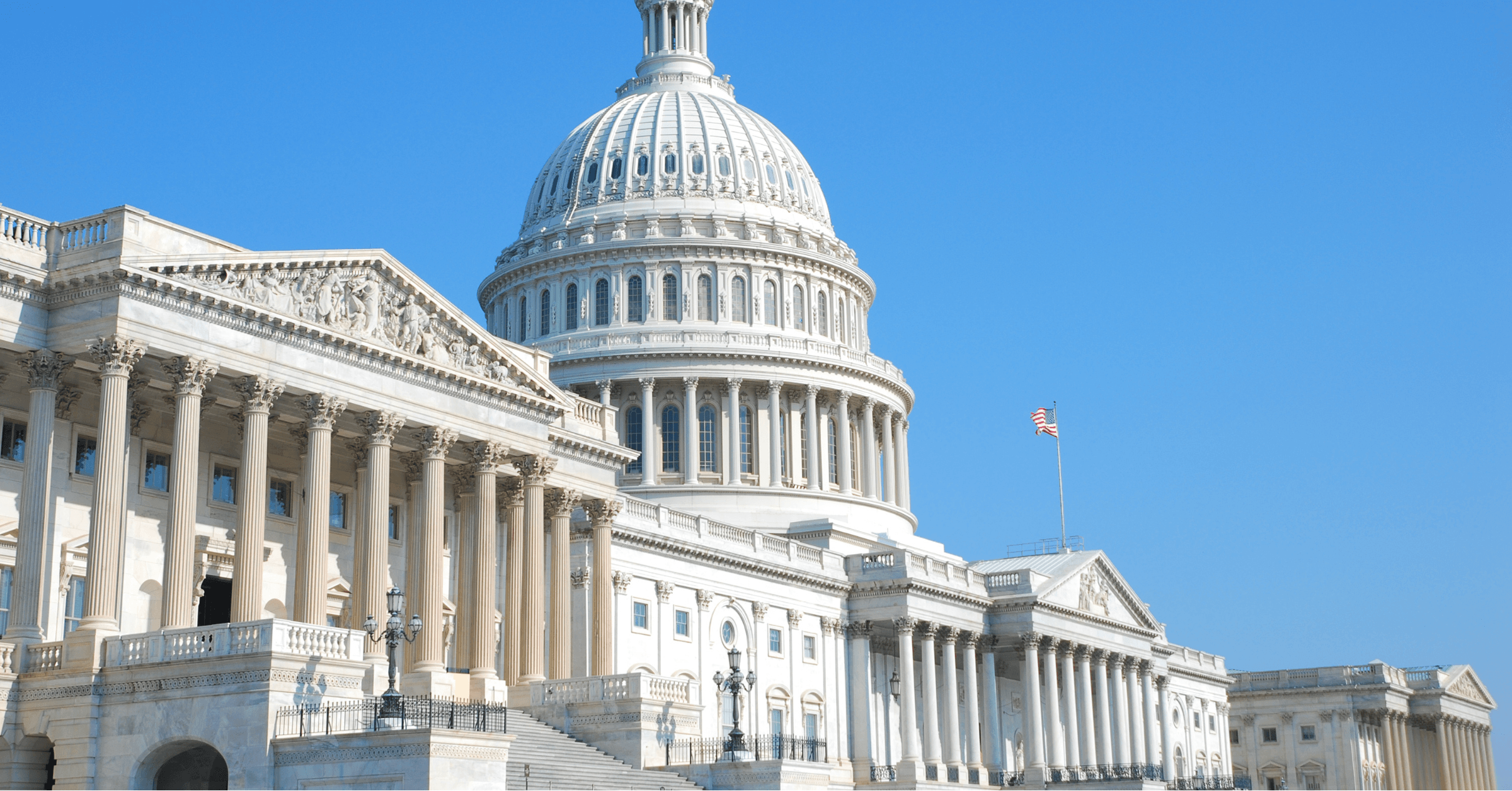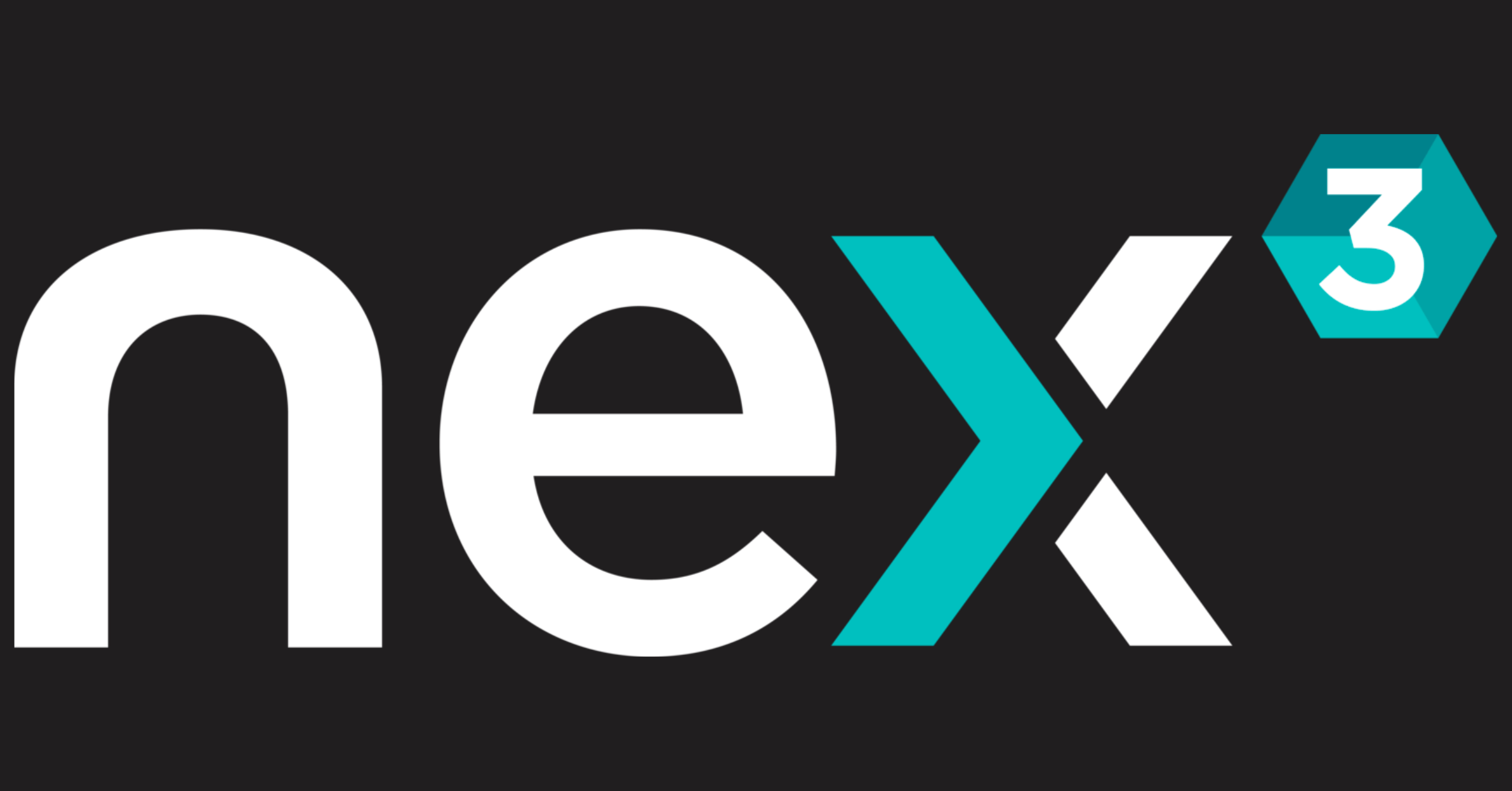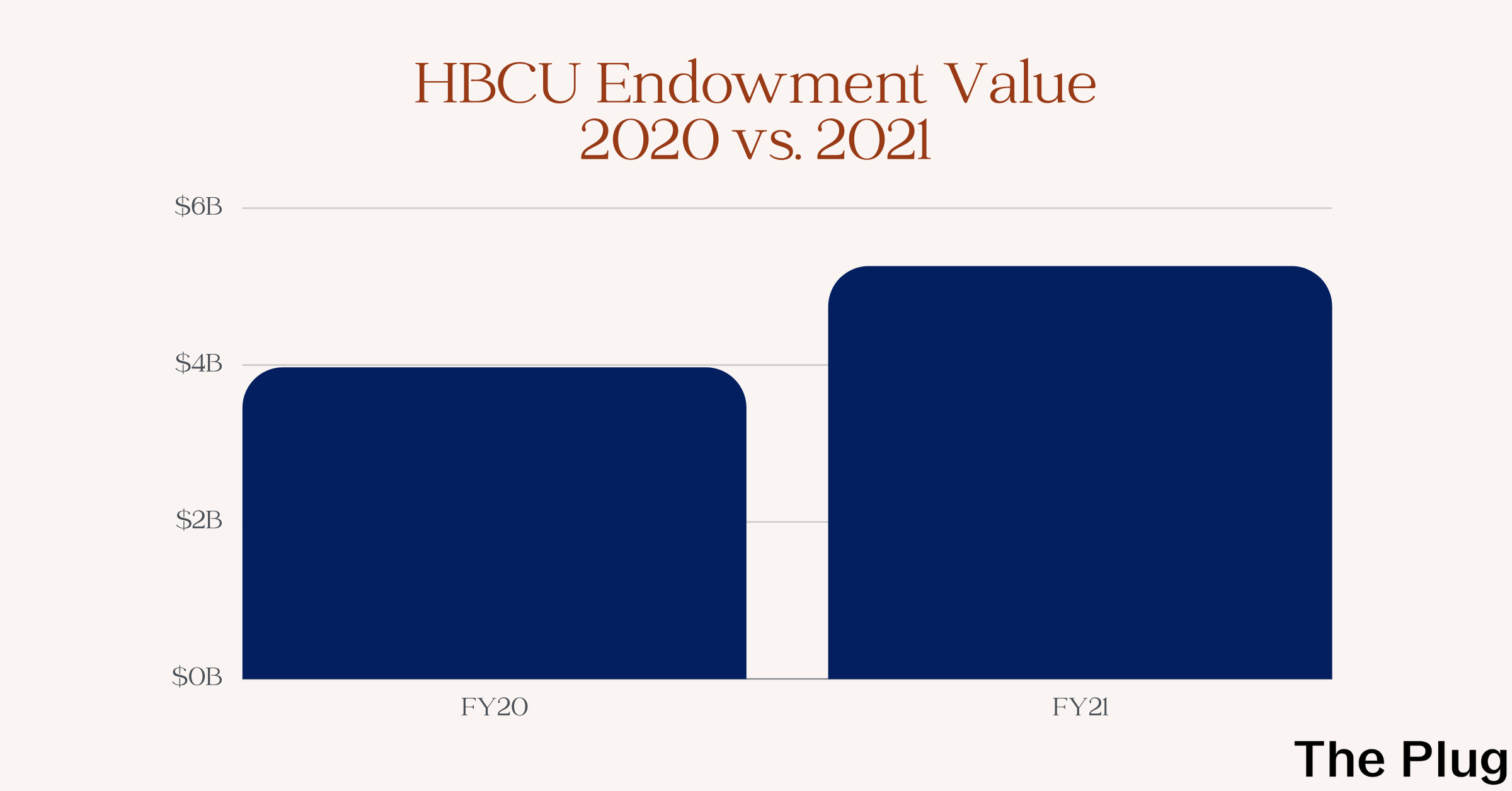Adapted from this week’s HBCU newsletter. Sign up NOW to make sure you get exclusive HBCU videos, news and analysis in your inbox every Wednesday morning.
The Plug’s founder Sherrell Dorsey and HBCU Innovation Reporter Mirtha Donastorg hosted a live discussion with Mark Brown, Executive Director of the Student Freedom Initiative about how they are taking a holistic approach to liberating HBCU students of excessive student debt by, among other things, creating an alternative income-based financing for students and improving HBCUs’ capacity to teach, do research and raise money by upgrading their IT infrastructure at no cost to the school.
This interview has been edited for clarity and length.
Mirtha Donastorg: Mark Brown is the executive director of the Student Freedom Initiative. As executive director, he is accountable to the board of directors for leadership guidance and direction, business development and strategic communications for the Student Freedom Initiative. Prior to joining the organization, Mark was actually the COO of Federal Student Aid within the Department of Education, where he was responsible for the $1.7 trillion federal student loan portfolio and also responsible for engagement with 6,000 colleges and 600,000 students.
Sherrell Dorsey: Welcome to the stage Mark.
Mark Brown: Well, thank you both. It’s great to be here.
Dorsey: Mark I want to start with a baseline here and understand the mission of the Student Freedom Initiative, and why this was the best next step from this big act of generosity that Robert F. Smith displayed paying off student loans of Morehouse graduates and I think also, it was more than just the fact that he made this offer during his commencement speech and helped declare the debts of Morehouse graduates in 2019, It was the symbol of the relief that many of us who have student loans are looking for and have been looking for for years. I graduated in the heart of a recession back in undergrad. I’m still paying my loans and know how impactful it can be when you do not have that burden of a monthly payment. So I would love to hear about this mission, this North Star and sort of how this really kicked off.
Brown: You bet and thanks for that question. If you think about it, if you happen to have been in the Class of 2019 at Morehouse College, one of those 400 men or their parents, it was a great day. You had been liberated from the college debt of student loans. You were set free to go do the things where your passions and talents would take you.
And I think that was an admirable thing and many have said that about Robert Smith’s gift, but it was also a part of what he saw as a vision. There are over 101 HBCUs and that same debt framework existed for all the seniors that graduated in the class of 2019 across the country at virtually every one of those schools. Here’s his vision: how do you fix it for all of them? Obviously, he can’t attend 101 graduations and pay off the student loans every year for every student. So the vision of Student Freedom Initiative is to come up with a process and a development that would allow students to have flexibility and choices so that they would not be restrained by the overwhelming debt that’s caused by student loans. That’s the ultimate vision, keeping in mind we know what the wealth gap is in America, we know where our students are and we know what income levels have them with student loans. That started a 501(c)(3) organization that we’re talking about today, the Student Freedom Initiative.
You mentioned the $1.7 trillion student portfolio. That’s true. I was the chief operating officer for a very large portfolio. But what we don’t talk about as much that I think helped inspire Robert to this is that one-third of that student loan portfolio is defaulted, delinquent or in some ways distressed, and that it’s overrepresented by people of color. Within that are many students that graduate from historically Black colleges and universities. So, we do four things. We offer an alternative to student loans to juniors and seniors that are STEM majors. We offer internships with Fortune 500 companies, because it’s important not that you just graduate college, but that you get a good job and that you are prepared to do one, we offer tutoring and mentoring services and emergency services for students. And we want to build up that engine, that HBCU capacity building, for these universities that have done so much over the years. That’s what we do and I’m incredibly proud of it obviously.
Donastorg: So can you explain a little bit how the Student Freedom Agreement works, how it creates an alternative financing to predatory loans for HBCU students?
Brown: Absolutely. And that’s one component of the four, but it is clearly our signature program. So for juniors and seniors who are STEM majors making satisfactory academic progress, after they’ve gotten their financial aid award package and they get to the point where they still have a cost of college left and they are given the alternative to choose like Parent PLUS loan or some commercial product, that’s where we come in. What we offer is up to $20,000 per academic year, so that they don’t have to take the Parent PLUS loan and they don’t have to go to the commercial loan product. It doesn’t require the signature of their parents, so they don’t further indebt their parents. It is an alternative and it is income contingent.
Here’s the key — we believe it’s liberating, and here’s why. Let’s say that student decides I’m going to go to a Title One school, follow my passion to teach chemistry. And that school, which is a needs-based school, doesn’t pay above the poverty level for teachers. I hope that they do but let’s say that they don’t. That student doesn’t pay for that amount after graduation while they’re working below the poverty level. But say that they’re going to go to one of our great medical schools or they’re going to go to a great law school. They don’t pay while they’re in those schools because we want to liberate them to go for it. But let’s say they’re a chemical engineer or an aerospace engineer just out of Tuskegee, and that they’ve got a $70,000 job. They’ll pay 2.5% of their income once it’s above the poverty level back into the fund, but I want to make the point that they’re paying it not to the Student Freedom Initiative. As I said, we’re a 501(c)(3) organization. They’re paying it back into the fund, which is going to exist in perpetuity for other HBCU students to come and use in a similar fashion.
Here’s one other data point for you. The smallest endowment at an Ivy League school is $2.9 billion. But if you added up the endowments of 70 percent of all HBCUs, including some of our more profitable HBCUs, you still don’t get $2.9 billion. This fund that we’re talking about becomes the endowment without walls that students can go back to in perpetuity. And it gets back to Robert’s vision: fix it in perpetuity.
Donastorg: I love that idea of an endowment without walls, so that it’s accessible to HBCU students across the more than 100 institutions. Following up on that, if the aim of the Student Freedom Agreement is to help HBCU students with their debt burden, can you explain why it’s limited just to STEM upperclassmen?
Brown: Yeah, I can. I would clarify one thing so of those four elements, only the first one is limited to STEM and juniors and seniors. The internships that we talked about, the HBCU capacity building, emergency services, that’s available for almost all the students that are on campus.
Initially, the Agreement is for juniors and seniors majoring in STEM. Why? So, we exist on permanent donated capital, that philanthropy of industry and individuals who have a social justice framework as we have, so there are some limitations. The investment in juniors and seniors majoring in STEM is a great investment and here’s why: there are more STEM jobs than there are STEM students graduating. We consistently are underrepresented in STEM fields as people of color. If you’re a student and you’ve made it to the junior and senior year, the nation cannot afford for you to leave school because of money. If you think about it, that’s an investment.
So, as we continue to raise capital, initially we start with our STEM students. We also know that, on average, they make $20,000 to $30,000 more per year in their first jobs than do other students. But I do want to emphasize this is our initial point, it could expand in the years ahead.
Dorsey: What I found very fascinating about the hyper focus on STEM majors is the wrap around idea of not just the job opportunities, but also the employer connections, the career readiness, some of these kind of natural hurdles or barriers that can exist for students, especially when we look at HBCUs who tend to bring in students who are maybe nontraditional, don’t always have the test scores or the right application to go into higher education. Really looking at the ways in which social capital is built around this particular program, it’s another on ramp for students. What I’d love to know is what kind of employers or partnerships have become part of some of the work that you all are doing at the Student Freedom Initiative?
Brown: So let me take the intern part first and then I’ll circle back to some of our partners because really, they do go together. But InternX, which is the platform that we work from, we have over 150 Fortune 500 companies that are working there and already over 14,000 students that are on that platform. Those companies sign agreements, and I like to call them behavioral agreements, on how they will treat the employment. A couple of things — one, we only do paid employment. There are no internships that are not paid that we work through our program, and there’s a reason for that.
The other is that the employers agree to certain stretch assignments for the student. In other words, we don’t want students who are highly qualified to simply be in the mailroom or doing administrative tasks. We want them doing the kinds of things that give visibility into the C suite. So, behaviors that will make a new employee feel wanted in that employment scenario. It’s not just that the student gets the job, but that they stay with the job because they feel welcome at the job. So that’s a part of InternX and those Fortune 500 companies all signed pledges to do those kinds of things once they have the students there.
We have companies who have given both in-kind services and permanent donated capital. Probably one of the more visible ones right now is Cisco. Another one is AVC Technologies and Walmart is a provider. But I want to use the Cisco example for a second. Cisco is providing IT support and helping the campus cybersecurity on every single HBCU campus, unless they opt out, at no charge. They’re doing it at no charge, but Cisco is also very interested in the employment of those students. And imagine a scenario where a school runs its own help desk with the support of Cisco. Imagine the long-term benefit. Say I’m a technology interested student at Prairie View A&M, I’m working with Cisco, I’m also part of the help desk for the school. These things can come together very nicely as we bring industry, the schools and governmental policy together for what we like to call these public-private relationships. That’s how our companies in our industries are working with us and that’s the expectations we have of employers through the InternX platform.
Donastorg: You mentioned Cisco and the Cybersecurity Initiative, where the Student Freedom Initiative is going to update for free all HBCUs’ technology infrastructure. Can you explain a little bit why the Student Freedom Initiative thought that was important to have as one of its four pillars?
Brown: Absolutely. So just prior to leaving the Department of Education, one of the last things that we did during my watch was we went to all 6,000 schools and said, “You are required to comply with the National Institutes of Science and Technology requirement for your IT systems.”
Essentially what we were saying is, we send your financial aid award package money through the systems, you put your Free Application for Federal Student Aid through the IT systems, that’s very valuable data on the black market and unfortunately, we’re living in a time where that data is hijacked, held hostage and it can shut schools down. It can be used as ransom. Cyber security has become a real security issue across the country. You have to have secure systems if you want to continue to receive these requirements. Also, keep in mind that 90 percent of many of our schools’ students survive on Title IV funding. If you were not able to receive Title IV funding because of a lack of cybersecurity or if your Title IV funding were held hostage by some piracy, it would all but stop your school. It would be devastating.
The “why” of our program is because it’s very expensive to hire a third party or to grow your own CIO staff to build this up. It’s not an overnight thing. Remember what I said about the endowments and the lack of funding and flexibility that some of these schools have. That’s the “why,” and that’s why through the generosity of Cisco and AVC Technologies, we came up with this gift and this is how it works. We developed a gap analysis that tells the difference in the federal requirements for security and where the school is at. That generates a bill of materials, software licenses, all the kinds of things necessary to fill the gap. We will order that bill of materials, then we bring in our other partners such as AVC Technologies to do the work to fill the gap. In other words, make sure they meet the federal requirement and then extend the gift as 12 months’ worth of maintenance support, while they work through their long-term way of sustaining this.
That’s the gift and in our mind, we believe that’s paramount to keeping the school open because they’re going to be able to pass the federal requirements, protect the data and move on to other things as well with that cybersecurity. We’re on the ground at Prairie View. We’re on the ground at Dillard. We’re on the ground at Xavier. We will soon be doing the same thing in many schools in South Carolina.
Dorsey: Thank you for that overview, Mark. You talk about being on the ground and one of the biggest questions I really had was, how is this reaching students? How are juniors and seniors actually learning about the program and getting connected? You know, that’s always kind of the challenge, right? Especially with reaching college students, particularly with information, how are you all going about ensuring that students are taking full advantage of the opportunities that the Student Freedom Initiative provides?
Brown: So that’s a great point and a great question. In other words, how do we get it to the point of need and how are we communicating this new program, this new thing on the block? So, prior to actually starting with our first nine schools that we call Cohort One, we spent a significant amount of time with their financial aid counselors going through interactive training. It was all the way up to the point of showing how the decision is made on a student making a choice between a Parent PLUS loan and an income contingent alternative or other loans, talking about certain matters like interest, capitalized interest and payments, how that works, the role of the parent, how you would get an income contingent agreement, what your options would be afterwards.
We know that the point of decision for a student is that financial aid counselor, a very, very important person on a college campus. So we’ve trained those folks, and they’re delivering the information. We’re using other social media, the other kinds of things that the students are doing, and we’re doing that with the school systems as well. But I think most importantly, we’re training the counselors to deliver to their students the option. That is our main way of communicating with the students and I would say over 100 students did not choose Parent PLUS in this fall semester, over 100 HBCU students chose another alternative. And that makes me giggle because I know that Parent PLUS loans default at five times the rate and the debt stays with them and their parents two times as long. So, I think it’s liberating.
Dorsey: Wow. Can you also tell us how many students right now are part of the program and how many you anticipate in the next semesters or end of 2022?
Brown: So, as you may know, we increased the number of schools from nine to 29 a couple weeks ago. That means that our student population is 80,500. Now, that’s not 80,500 students that are all eligible for the income contingent alternative, but they are eligible for those other services that we brought. The number is kind of fluid as to who takes advantage of what. But I do know, those additional schools won’t be eligible for the income contingent alternative until we get to the next semester when their financial aid award package comes along. But over 100 students already took advantage of it during the very first semester this fall when they registered. So there are 300,000 HBCU students out there and if we talk this time next year, I believe that we will have over 50 percent of those inside of the bucket of what we’re doing just given the strategy of how we’re going forward.
Donastorg: And so with all the different components, how are you measuring the success of the Student Freedom Initiative?
Brown: So a couple of elements that will be used to measure success: adoption rate to the income contingent alternative, how many of our eligible students make the choice to adopt an option outside of the Parent PLUS loan. That’s one measurement of success.
In terms of IT infrastructure, it’s very much date driven. You know, will we have as many schools as we desire by January and then 90 days for that and 90 days from that? By the way, we’re on track to do that. But for all the schools that opt in over the next couple of years, we’ll be able to measure the outcomes by quarter based on them reaching the security levels required to pass the federal standards. That’s one measurement of success.
The other measurement, which is in the making, are jobs. You know, at the end of the day, and we can go all the way back to the Higher Education Act of 1965, this is about social mobility. It’s about getting jobs, it’s about getting good jobs. And so our measurement is employment. Do we fill the InternX platforms with students to paid internships? And then the ultimate measurement, if they desire to go to work, do they get those jobs? That’s the metric that’s being built. We’re early, this is our first year. But ultimately, as we get to year two and year three and year four, we will be able to talk about jobs, social mobility.
Dorsey: It really feels that what’s being built is an end-to-end solution here. One of the things I would love to learn is just to kind of understand the thinking behind some of the planning. Obviously, you are still ramping up to a degree, although have had some very great successes. Do you see a future in which the Student Freedom Initiative expands beyond HBCUs especially as you all are identifying models and in measuring the success moving forward?
Brown: I would say I more than see it, I know when. So, our model has always been to start initially with HBCUs and you see that reflected in the Cohort One and Cohort Two schools that were announced, but there’s about a six month difference between cohorts. And the next time you hear our cohorts announced you will see some tribal schools and some other minority serving institutions, and on and on as we progress. So absolutely, we plan to do that. And it has always been our plan, but we initially wanted to start with the HBCUs.

